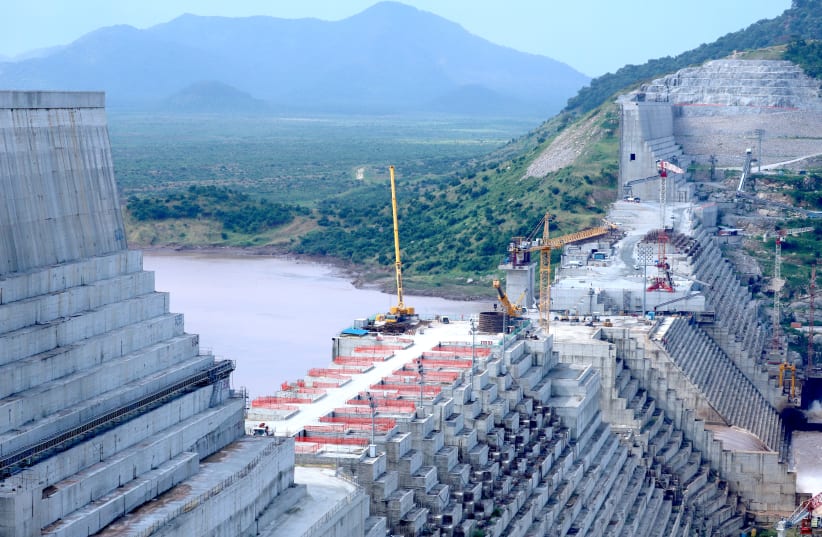Under construction since 2011, the Millennium gravity dam on the the Blue Naile River in Ethiopia produces 6.45 gigawatts of hydroelectricity, seventh largest in the world and largest in Africa.
“Ethiopia’s plan to start filling GERD this rainy season is part of the scheduled construction without needing to notify Sudan and Egypt,” according to the Ethiopian Foreign Office spokesperson. Similarly, a spokesman from Ethiopia’s state news agency ENA said that “there is no way that we have necessarily inform them (Egypt and Sudan) when we will start filling.”
In protest of Ethiopia's construction on the dam, Egypt submitted a 17-page letter to the United Nations Security Council demanding a halt to construction until there is an agreement reached between Ethiopia, Egypt and Sudan, with Khartoum also likely to be impacted by its development. Accordingly, the report notes that Egypt allegedly fears a lack of water due to the filling of the dam, combined with evaporation from the Lake Nasser reservoir.
Previous negotiations on the dam dispute have not been fruitful. In January 2020, delegations from Ethiopia, Egypt and Sudan met three times in Washington without a formal resolution, hampered further by Ethiopia's withdrawal from discussion in February for more internal consultations. Following unsuccessful bilateral negotiations with Egypt and Sudan, on April 1 Ethiopian Prime Minister Abiy Ahmed began moves to fill the dam.
The report notes that GERD's filling schedule may affect the livelihood of two million Egyptian farmers, and reduce Egypt’s electricity supply by 25% to 40%.
Disputes also arose between the parties on the appropriate forums and mechanisms for resolving the conflict, with Addis Ababa and Khartoum preferring negotiations, while Egypt is seeking to put international pressure on Ethiopia to accept a proposal suggested by the US and World Bank.
Ethiopia has thus far rejected any limitations to the dam’s capacity to generate electricity or its sovereign rights in development.
